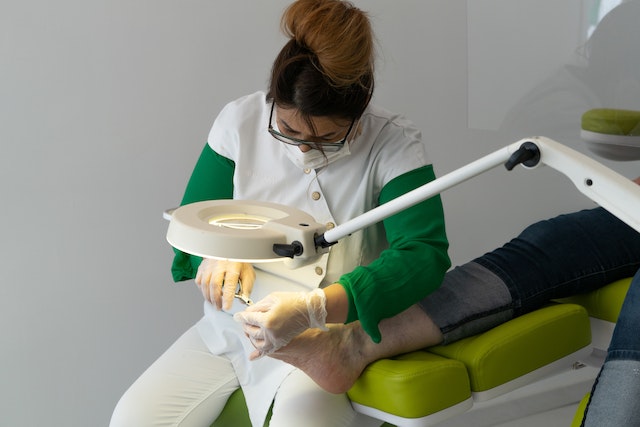Introduction
When it comes to creating a warm and welcoming atmosphere in the hospitality industry, lighting plays a pivotal role. Hospitality lighting isn’t just about illuminating spaces; it’s about setting the mood, enhancing the ambiance, and ensuring that guests feel comfortable and relaxed throughout their stay. In this blog, we’ll explore the art and science of hospitality lighting, discussing its importance, different types of lighting, and how to make the best use of it to create memorable guest experiences.
- The Importance of Hospitality Lighting
Effective hospitality lighting is the cornerstone of a great guest experience. Here’s why it matters:
1.1. Creating Ambiance
- Setting the right ambiance through lighting can influence the perception of your space. Warm, cozy lighting in a hotel lobby or restaurant can create a sense of comfort, while bright, well-lit corridors in a hotel can ensure safety and ease of navigation.
1.2. Enhancing Design
- Lighting fixtures are more than just functional; they can be statement pieces in your interior design. Properly chosen fixtures can complement your overall decor and branding.
1.3. Guest Comfort
- In the hospitality industry, ensuring guest comfort is paramount. Proper lighting levels, task lighting, and the ability to control lighting in guest rooms contribute to a comfortable stay.
1.4. Energy Efficiency
- Effective lighting design not only enhances guest experiences but also helps reduce energy consumption, saving on operational costs and contributing to sustainability efforts.
- Types of Hospitality Lighting
Hospitality lighting includes various types of lighting to cater to different areas and purposes. Here are some key categories:
2.1. Ambient Lighting
- Ambient lighting provides overall illumination, ensuring a comfortable level of brightness in a space. Chandeliers, pendant lights, and wall sconces are popular choices for creating ambient lighting in hotel lobbies and restaurants.
2.2. Task Lighting
- Task lighting is focused illumination for specific activities. In hotel rooms, bedside lamps, reading lights, and desk lamps are essential for guests who want to work, read, or relax.
2.3. Accent Lighting
- Accent lighting is used to highlight specific features or areas, such as artwork, architectural elements, or landscaping. LED spotlights, track lighting, and wall-mounted fixtures are commonly used for accent lighting.
2.4. Decorative Lighting
- Decorative lighting goes beyond functionality to serve as a design element. Striking chandeliers, custom-made pendants, and unique floor lamps can make a strong statement in a hospitality space.
- Lighting Design Tips for Hospitality Spaces
To create an inviting and memorable guest experience, here are some lighting design tips for different areas within a hospitality setting:
3.1. Reception and Lobby
- Use warm, welcoming lighting to create a sense of arrival.
- Incorporate decorative lighting fixtures as focal points.
- Ensure good visibility for safety and navigation.
3.2. Guest Rooms
- Provide a mix of ambient, task, and accent lighting to suit various guest activities.
- Install bedside controls for convenient lighting adjustments.
- Choose energy-efficient lighting solutions for sustainability.
